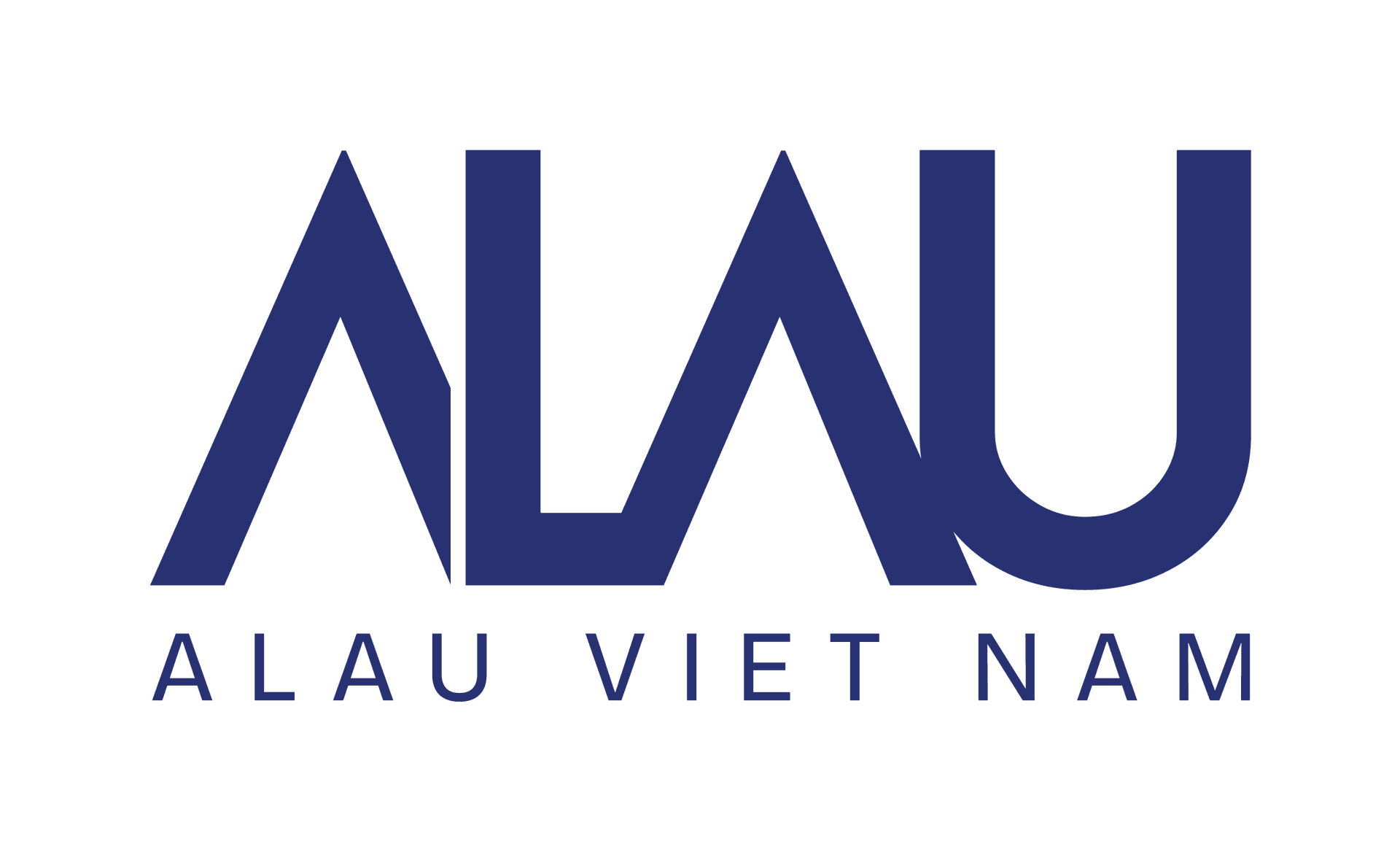
Article by ALAU VIETNAM
Understanding EVFTA Compliance In Practice For EU Imports Into Vietnam
The EU–Vietnam Free Trade Agreement (EVFTA), which came into effect in 2020, has reshaped trade flows between the European Union and Vietnam. While much attention is often given toVietnam’s exports to the EU, the agreement also provides significant advantages for EU-origin goods entering Vietnam. To fully benefit, importers in Vietnam need to understand both the opportunities and the compliance requirements tied to EVFTA.
Preferential Tariff Reductions
One of the most immediate benefits of EVFTA is progressive tariff elimination. Vietnam has committed to eliminating tariffs on approximately 99% of EU-origin goods over a 10-year period.
In practice, this means:
• High-value goods such as machinery, pharmaceuticals, and medical devices from the EU
enjoy reduced duties.
• Consumer products like wine, spirits, and dairy become more competitive in the
Vietnamese market thanks to lower import costs.
• Businesses and consumers benefit from greater product variety at more affordable prices.
For example: The EVFTA tariff offers a significant reduction in import duty for beer from the EU to Vietnam, decreasing from the standard 35% to a preferential rate of 18% by 2027.
Streamlined Customs Procedures
EVFTA also modernizes customs cooperation between Vietnam and EU member states. For importers, this translates into:
• Faster customs clearance for compliant goods.
• Greater transparency in tariff schedules and import procedures.
• Reduced administrative burden through digitalized customs systems.
By adopting digital documentation and ensuring staff are trained in EVFTA-related processes,
importers can minimize clearance delays.
Access to High-Quality EU Products
The agreement encourages more EU-origin goods to flow into Vietnam, enhancing the domestic market. Practical benefits include:
• Improved access to high-quality pharmaceuticals, medical technology, and healthcare
products that meet EU regulatory standards.
• A wider range of premium food and beverage products—such as cheese, olive oil, and
alcoholic beverages—that cater to growing consumer demand.
• Opportunities for Vietnamese businesses to integrate EU technology and equipment into
their production, raising industry standards.
Compliance as a Competitive Advantage
While EVFTA lowers trade barriers, compliance remains key. Importers that establish strong processes for verifying origin, preparing documents, and training staff will:
• Capture cost savings from tariff preferences.
• Build stronger relationships with EU suppliers.
• Gain a reputation for reliability and efficiency in the market.
Rules of Origin and Certificate of Origin (C/O)
It is mandatory to have a Certificate of Origin (EUR.1 form) issued by a competent authority in the EU. Alternatively, in certain cases, self-certification of origin can be provided by exporters registered under the EU’s Registered Exporter (REX) system.
The accompanying documentation must be consistent, including:
• Commercial Invoice
• Bill of Lading
• Packing List
• Certificate of Origin (C/O)
Conclusion
In practice, EVFTA provides importers in Vietnam with lower tariffs, simplified customs procedures, and wider access to premium EU goods. However, these benefits can only be realized through strict compliance with rules of origin and customs requirements. For companies prepared to adapt, EVFTA is not just a trade agreement—it is a strategic tool that lowers costs, raises product quality, and strengthens Vietnam’s integration into global supply chains.
For more information, visit ALAU VIETNAM at http://alauvietnam.com/